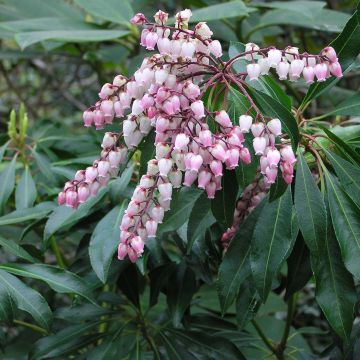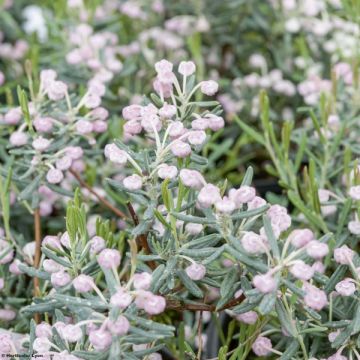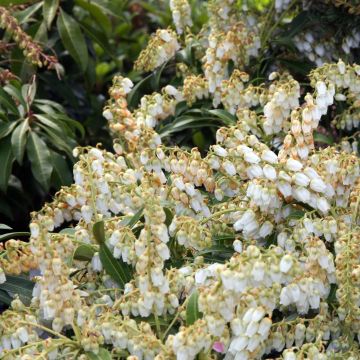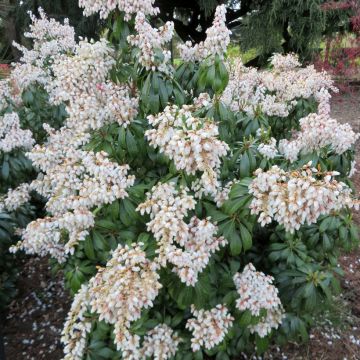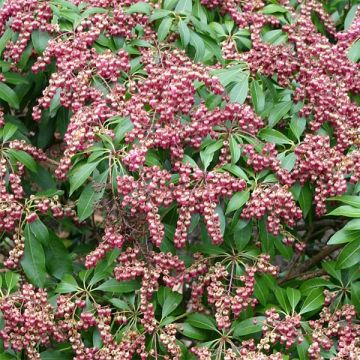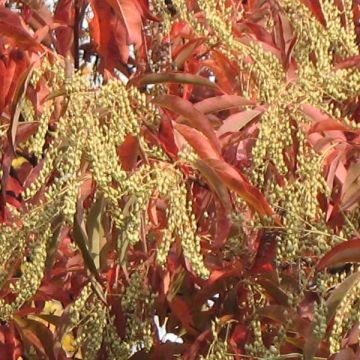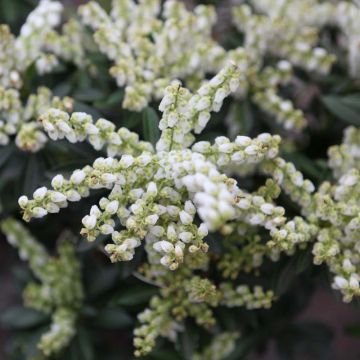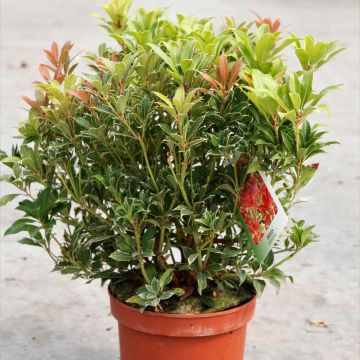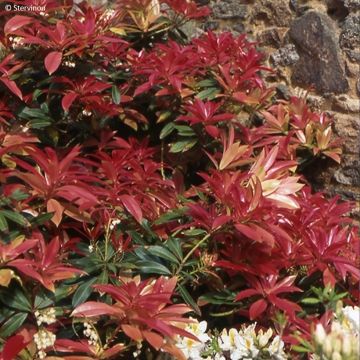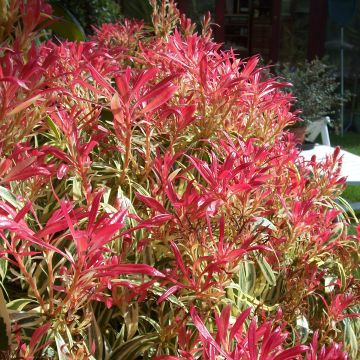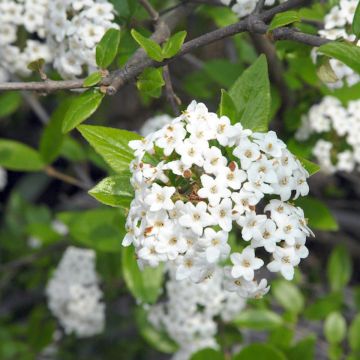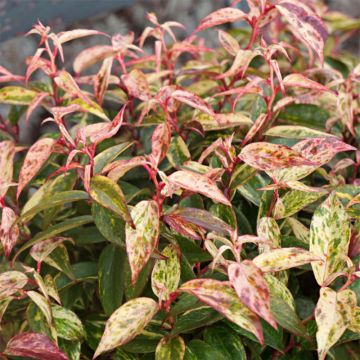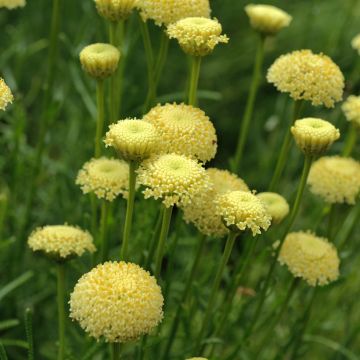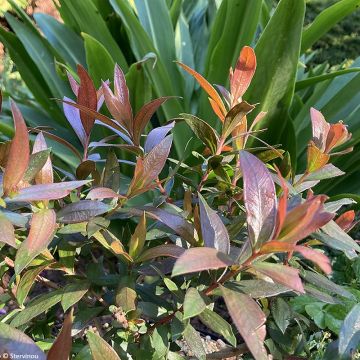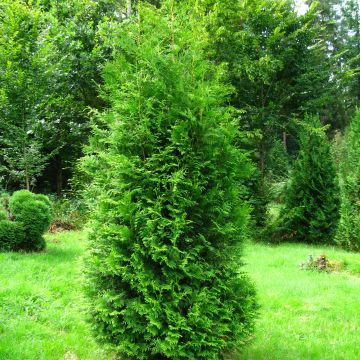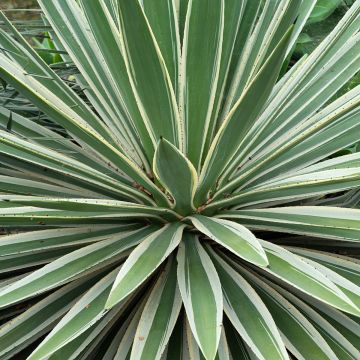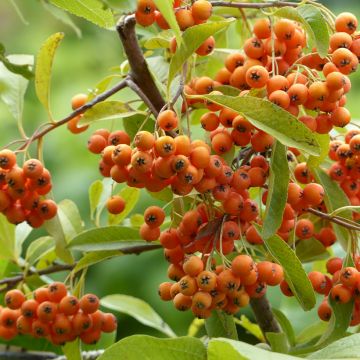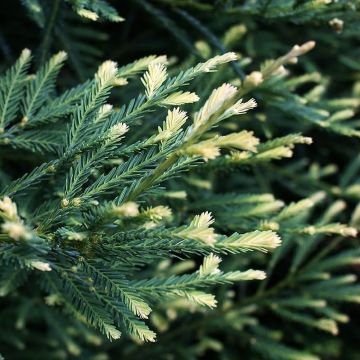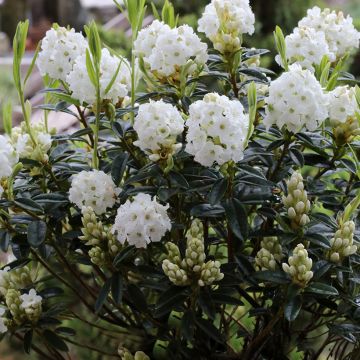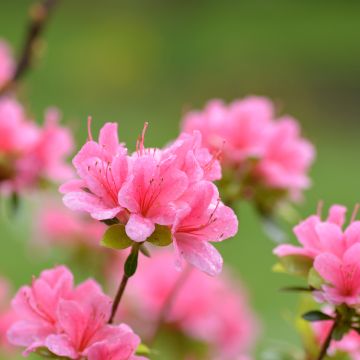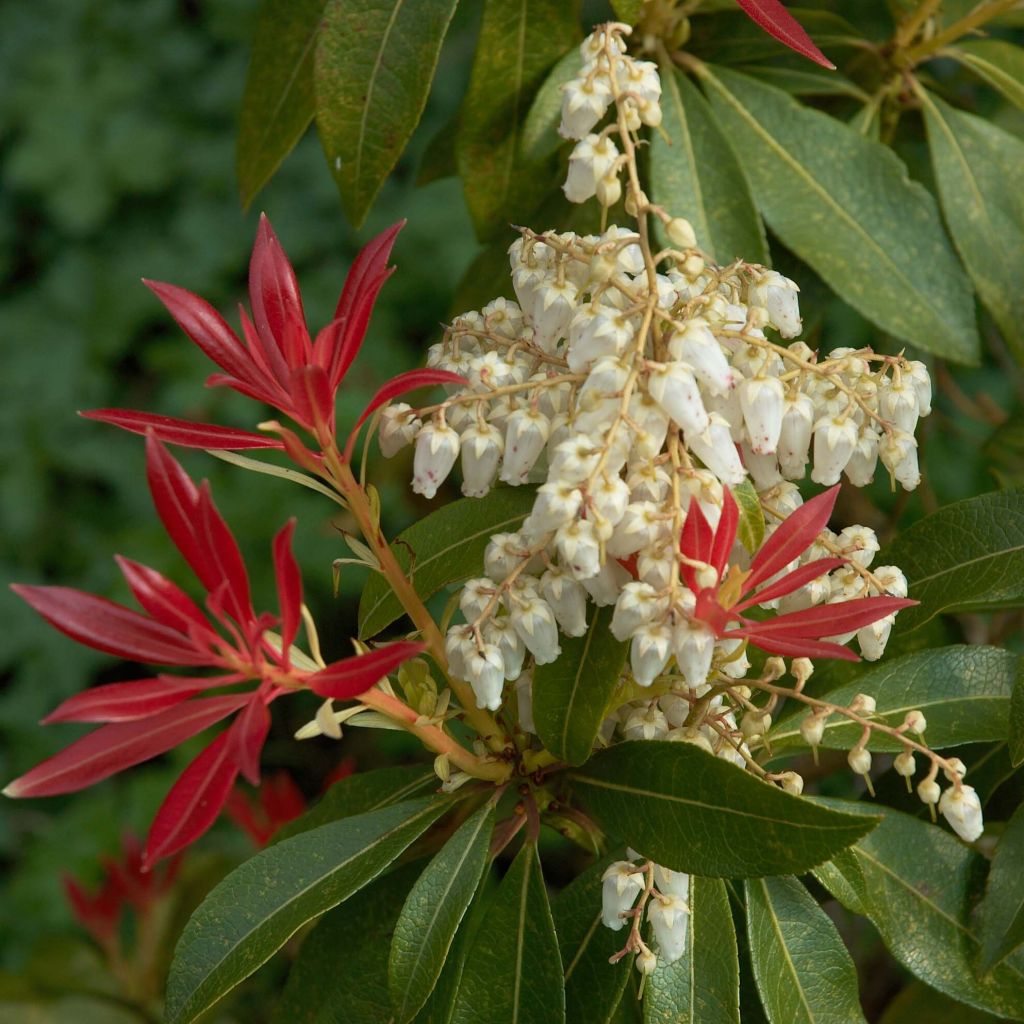

Japanese Andromeda - Pieris japonica Forest Flame
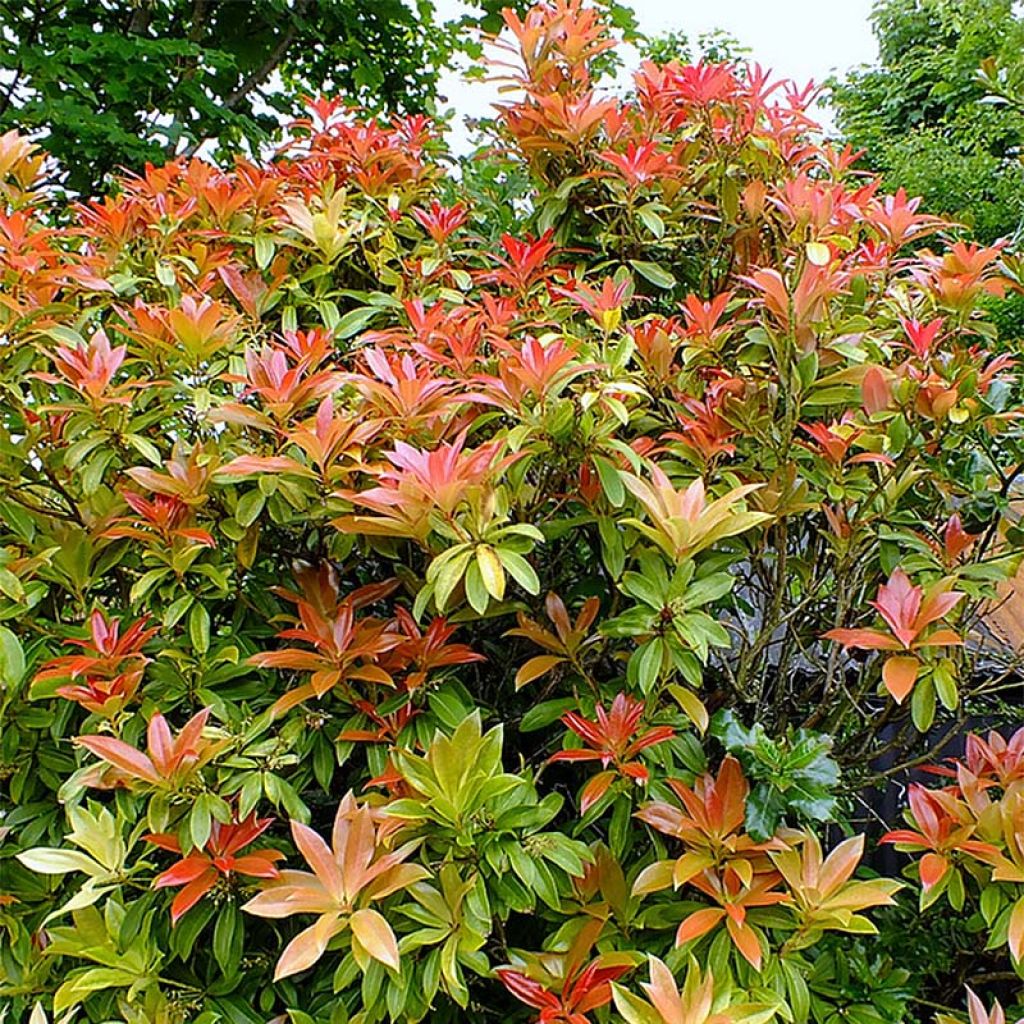

Japanese Andromeda - Pieris japonica Forest Flame
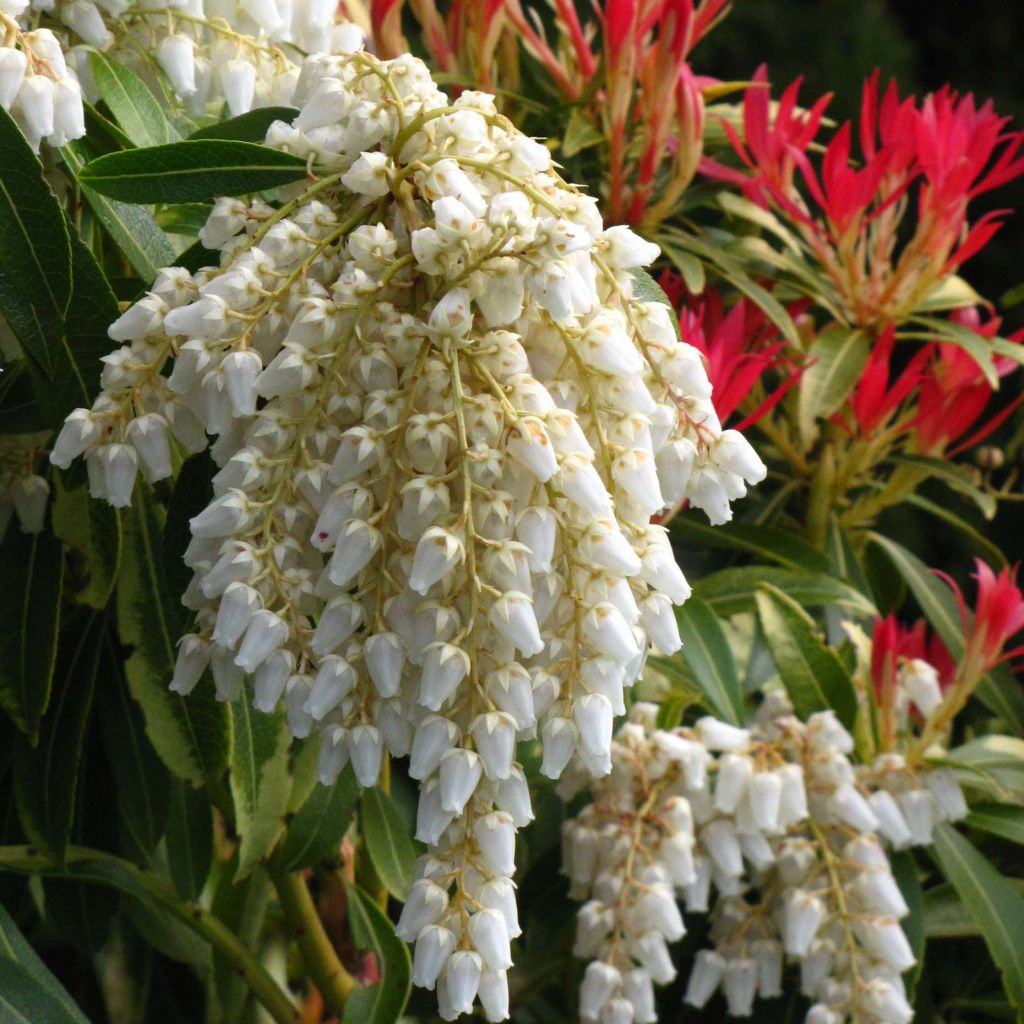

Japanese Andromeda - Pieris japonica Forest Flame
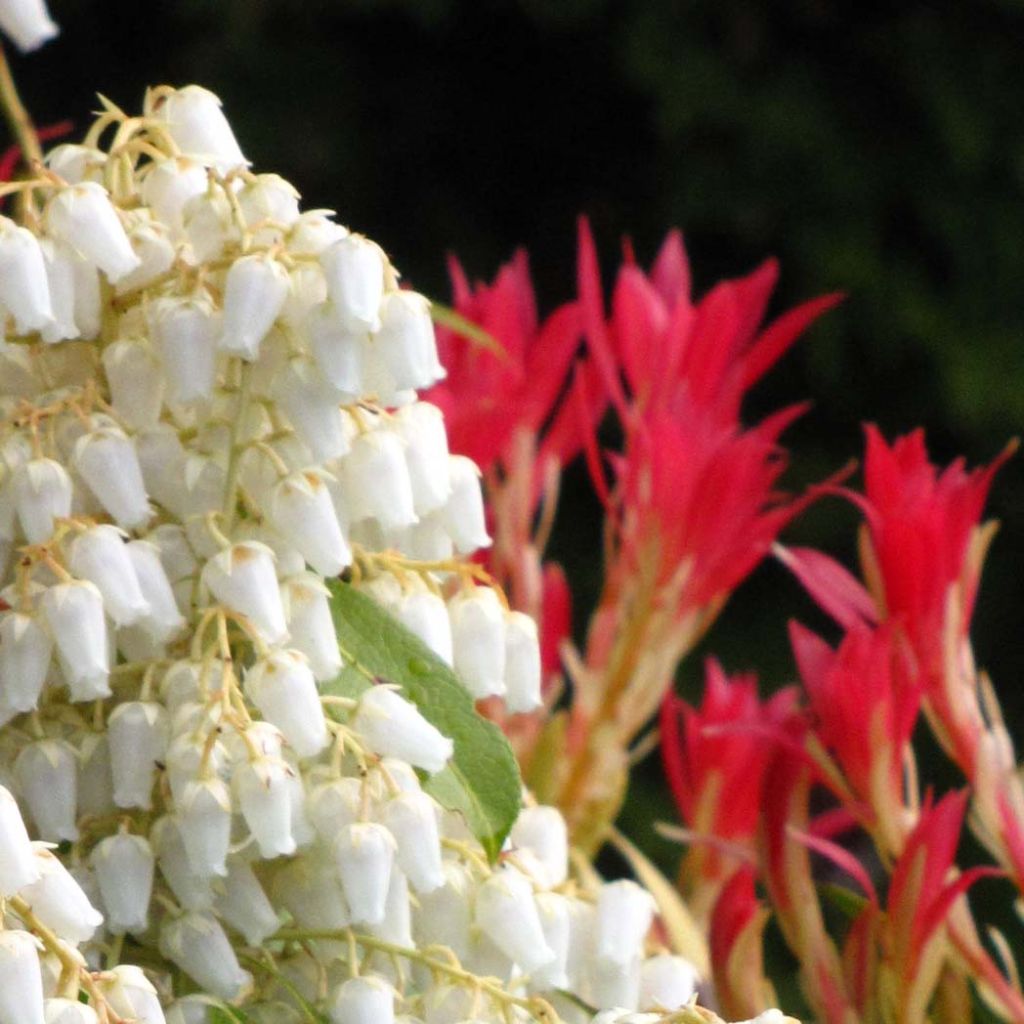

Japanese Andromeda - Pieris japonica Forest Flame
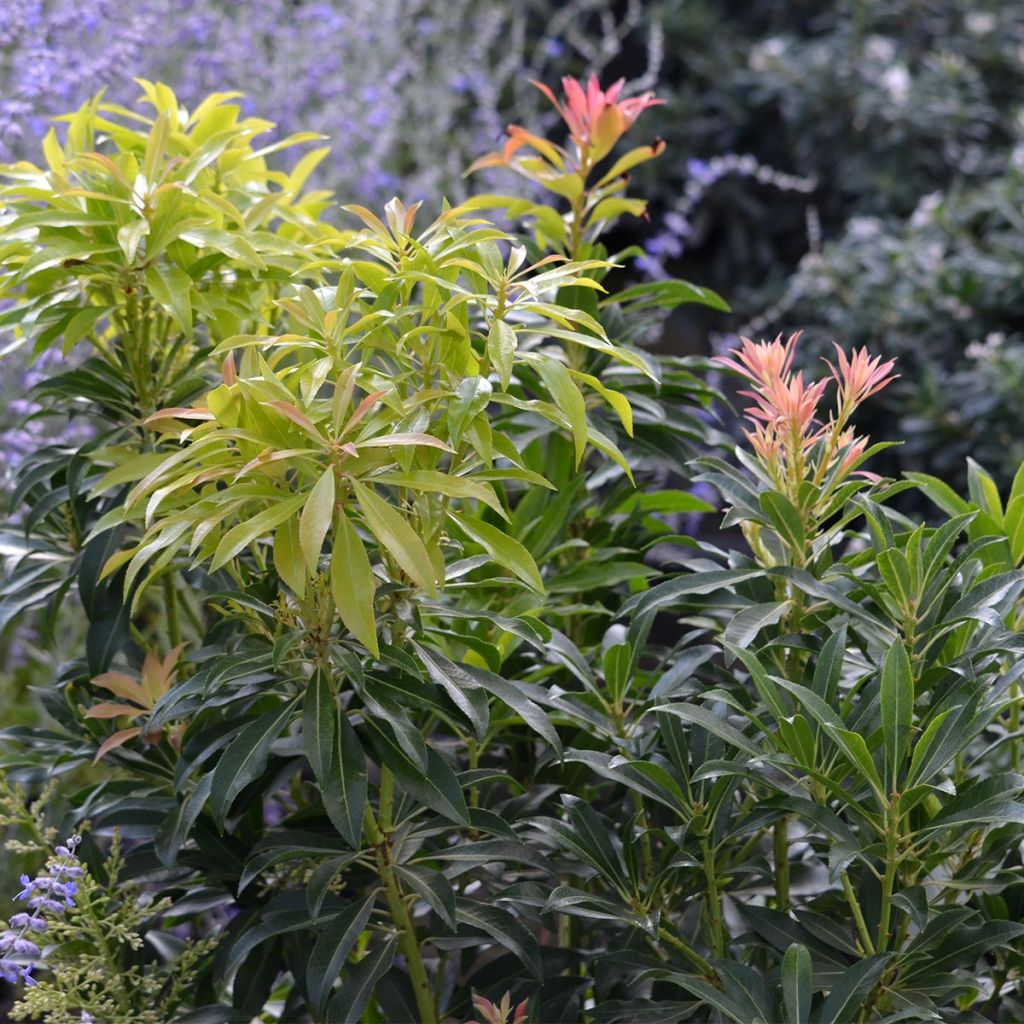

Japanese Andromeda - Pieris japonica Forest Flame
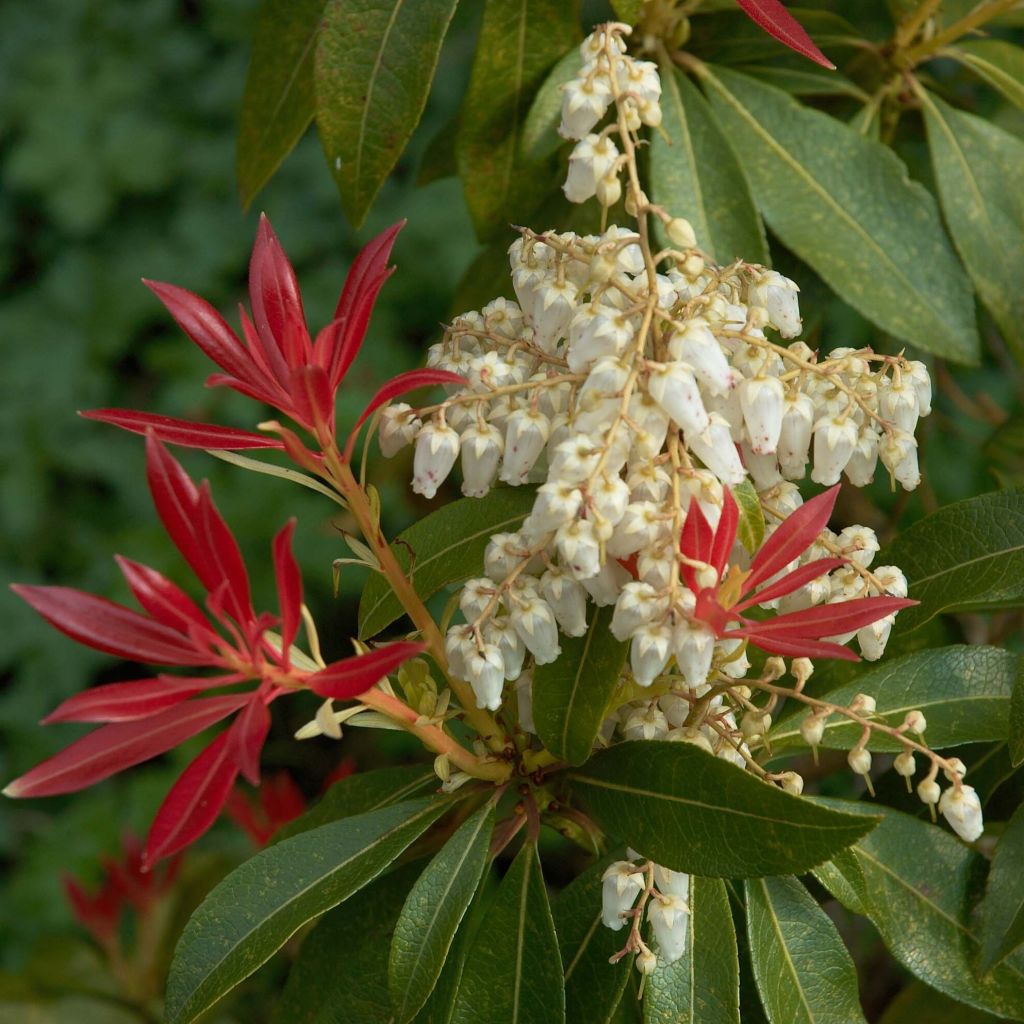

Japanese Andromeda - Pieris japonica Forest Flame
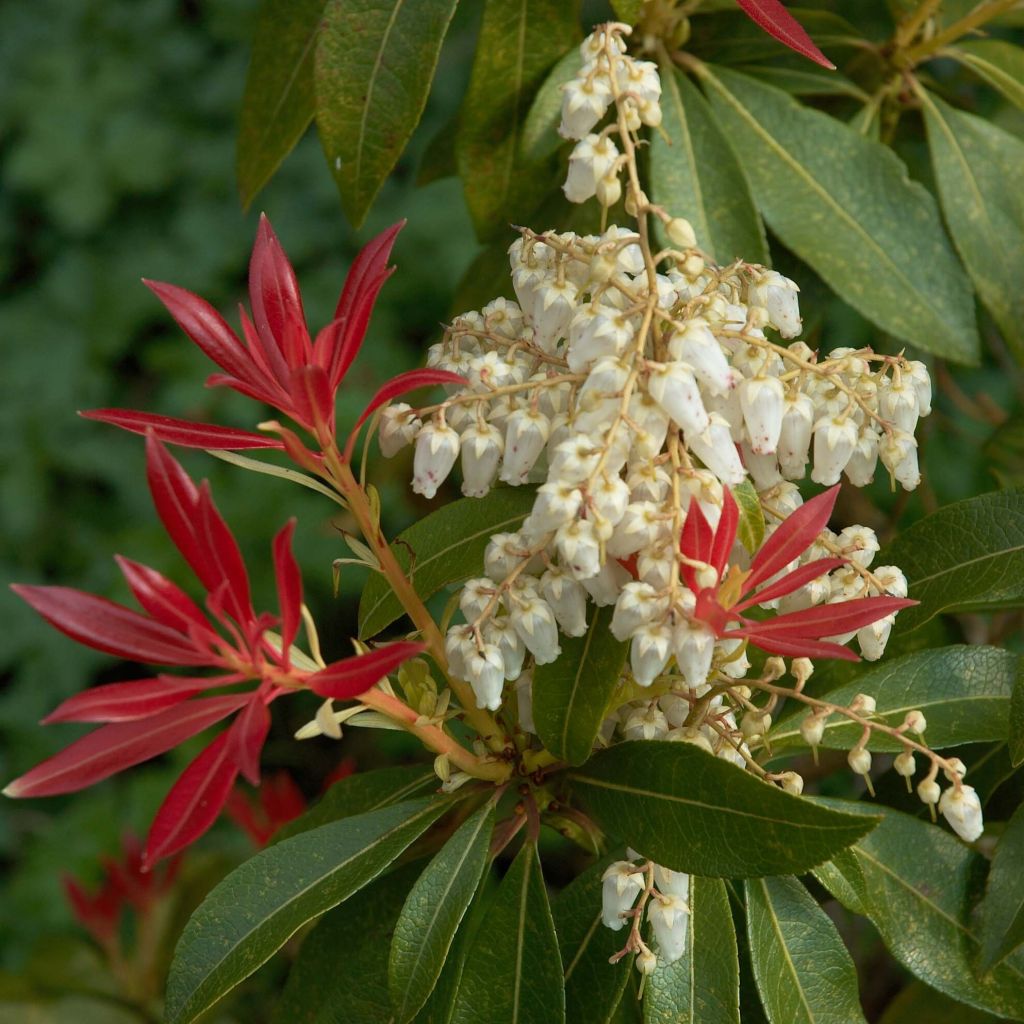

Japanese Andromeda - Pieris japonica Forest Flame
Japanese Andromeda - Pieris japonica Forest Flame
Pieris japonica Forest Flame
Japanese Andromeda, Japanese Pieris, Lily-of-the-Valley Bush
This item cannot be shipped to the selected country
Delivery charge from €5.90
Delivery charge from €5.90
Delivery charge from €5.90
More information
Schedule delivery date,
and select date in basket
This plant carries a 24 months recovery warranty
More information
We guarantee the quality of our plants for a full growing cycle, and will replace at our expense any plant that fails to recover under normal climatic and planting conditions.
From €5.90 for pickup delivery and €6.90 for home delivery
Express home delivery from €8.90.
From €5.90 for pickup delivery and €6.90 for home delivery
Express home delivery from €8.90.
From €5.90 for pickup delivery and €6.90 for home delivery
Express home delivery from €8.90.


Does this plant fit my garden?
Set up your Plantfit profile →
Description
Pieris ‘Forest Flame’ is one of the most famous varieties of Japanese Andromeda. It owes its reputation to its great hardiness, its ease of cultivation in limestone-free soil, and also to its beautiful evergreen foliage whose colour varies throughout the seasons. This variety bears young red foliage, which changes to coral pink before turning green in summer. In early spring, it produces nectar-rich flowers, which somewhat resemble large clusters of white lilies-of-the-valley. It should be planted in partial shade, or even in shade, in a mixed and colourful hedge, as a backdrop for a heather bed, or even in a large container on a terrace.
Pieris belongs to the Ericaceous family, just like heathers and rhododendrons. They are slow-growing evergreen shrubs whose new shoots take on pink or coppery hues, accompanied by a lovely flowering of pendant clusters of small bells. They appreciate light, moist and acidic soil, which is occasionally dry, and a semi-shaded or sunny exposure as long as it is not scorching sun. Pieris japonica or Japanese Andromeda is native to southern Japan, the mountains of southeastern China (from 800 m to 1900m (2625 ft to 6233.6 ft) altitude), and Taiwan. Varieties derived from Pieris japonica are quite hardy once established.
The variety 'Forest Flame' has a dense, slightly upright bushy habit, reaching approximately 1.50 m (4.9 ft) in height with a spread of 1.25 m (4.1 ft) at maturity. In spring, its young shoots at the tips of the branches are red, quickly fading to light pink and salmon, then turning pink and a slightly yellowish green. Its beautifully glossy, toothed and pointed leaves, lanceolate in shape, measure approximately 3 cm to 10 cm (1.2 in to 3.9 in) in length. The pure white and slightly fragrant flowering, composed of pendant clusters 5 cm to 12 cm (2 in to 4.7 in) long, adorned with small urns, is preceded by highly decorative buds in winter. It takes place from March to April. Note that a sunny exposure is inversely proportional to the flowering.
Slow-growing 'Forest Flame' does not require pruning, needs very little maintenance, and is perfectly suitable for small gardens. Plant alongside evergreen or deciduous acid-loving shrubs of medium size, which appreciate dappled light and non-limestone soils, such as Sarcococca, Loropetalum, Myrsine africana (in mild climates), boxwood, autumn camellias, hydrangeas, Cornus kousa, and Clethra; the choice is vast. It also grows very well in a large container that can be placed in a shaded position, at the corner of a terrace. It naturally pairs well with Rhododendrons, surrounded by a bed of hellebores, ferns, and Pernettya.
Report an error about the product description
Japanese Andromeda - Pieris japonica Forest Flame in pictures
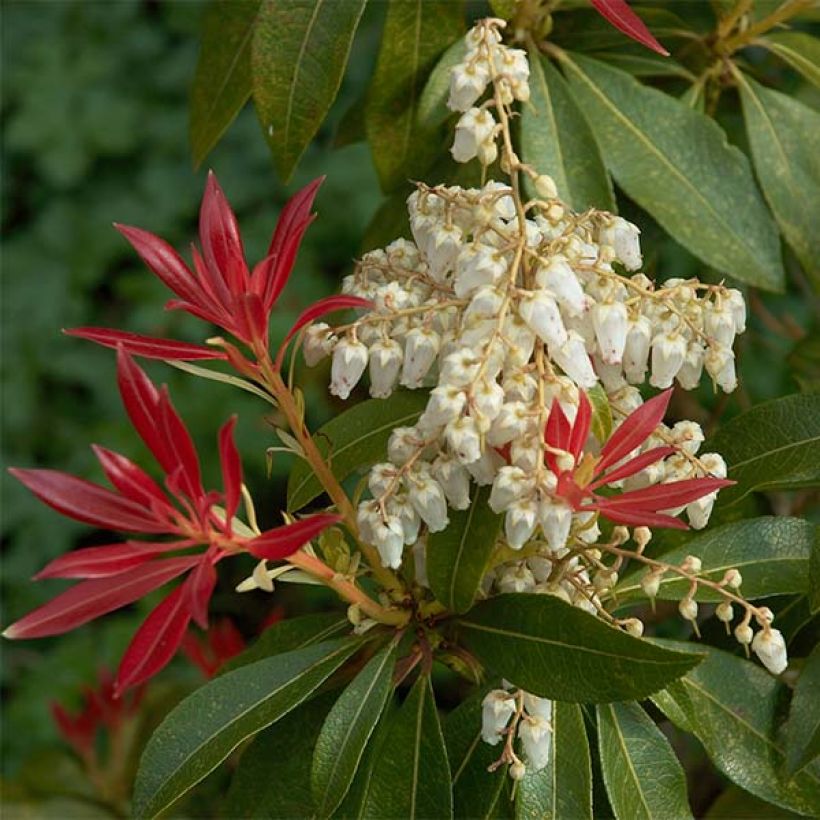

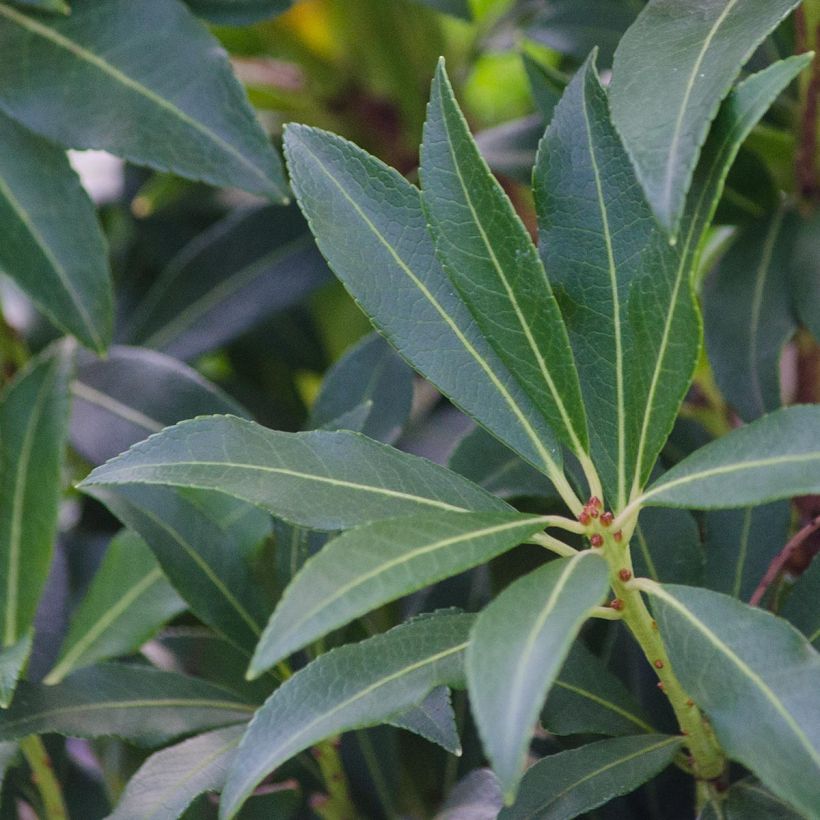

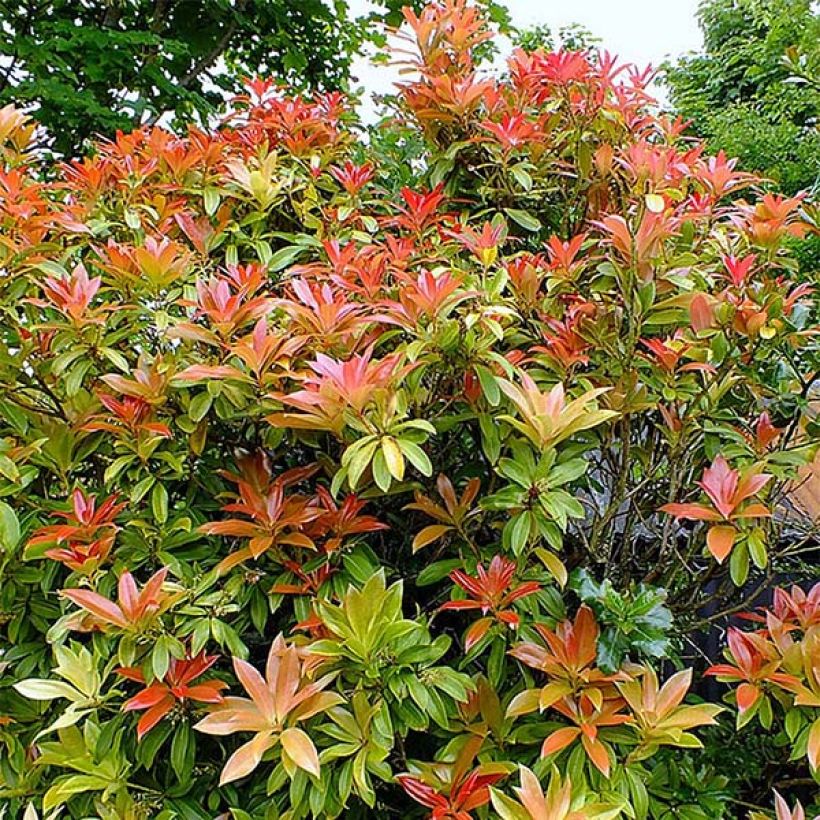

Plant habit
Flowering
Foliage
Botanical data
Pieris
japonica
Forest Flame
Ericaceae
Japanese Andromeda, Japanese Pieris, Lily-of-the-Valley Bush
Cultivar or hybrid
Other Pieris
Planting and care
Pieris japonica grows in acidic, but rather fertile soil. You can add ericaceous soil or turf to the planting if your soil is neutral. This will also help to lighten it. It requires exposure to non-burning sunlight (in the morning) or partial shade and protection from cold drafts. It prefers soil that remains moist but well-drained. Good mulching (such as pine bark) can help retain soil moisture in summer. If you have heavy and/or chalky soil, grow 'Forest Flame' in a container and water it with non-chalky water. Otherwise, it is a low-maintenance plant that rarely gets sick and should only be pruned in extreme necessity. This bush is somewhat sensitive to Phytophthora, a fungus that develops in warm and humid conditions, in poorly drained or excessively watered soils during hot periods. This parasite attacks the plant's collar, which quickly withers. There is no curative treatment, only good growing conditions can effectively prevent the disease.
Planting period
Intended location
Care
-
, onOrder confirmed
Reply from on Promesse de fleurs
Evergreen shrubs
Haven't found what you were looking for?
Hardiness is the lowest winter temperature a plant can endure without suffering serious damage or even dying. However, hardiness is affected by location (a sheltered area, such as a patio), protection (winter cover) and soil type (hardiness is improved by well-drained soil).

Photo Sharing Terms & Conditions
In order to encourage gardeners to interact and share their experiences, Promesse de fleurs offers various media enabling content to be uploaded onto its Site - in particular via the ‘Photo sharing’ module.
The User agrees to refrain from:
- Posting any content that is illegal, prejudicial, insulting, racist, inciteful to hatred, revisionist, contrary to public decency, that infringes on privacy or on the privacy rights of third parties, in particular the publicity rights of persons and goods, intellectual property rights, or the right to privacy.
- Submitting content on behalf of a third party;
- Impersonate the identity of a third party and/or publish any personal information about a third party;
In general, the User undertakes to refrain from any unethical behaviour.
All Content (in particular text, comments, files, images, photos, videos, creative works, etc.), which may be subject to property or intellectual property rights, image or other private rights, shall remain the property of the User, subject to the limited rights granted by the terms of the licence granted by Promesse de fleurs as stated below. Users are at liberty to publish or not to publish such Content on the Site, notably via the ‘Photo Sharing’ facility, and accept that this Content shall be made public and freely accessible, notably on the Internet.
Users further acknowledge, undertake to have ,and guarantee that they hold all necessary rights and permissions to publish such material on the Site, in particular with regard to the legislation in force pertaining to any privacy, property, intellectual property, image, or contractual rights, or rights of any other nature. By publishing such Content on the Site, Users acknowledge accepting full liability as publishers of the Content within the meaning of the law, and grant Promesse de fleurs, free of charge, an inclusive, worldwide licence for the said Content for the entire duration of its publication, including all reproduction, representation, up/downloading, displaying, performing, transmission, and storage rights.
Users also grant permission for their name to be linked to the Content and accept that this link may not always be made available.
By engaging in posting material, Users consent to their Content becoming automatically accessible on the Internet, in particular on other sites and/or blogs and/or web pages of the Promesse de fleurs site, including in particular social pages and the Promesse de fleurs catalogue.
Users may secure the removal of entrusted content free of charge by issuing a simple request via our contact form.
The flowering period indicated on our website applies to countries and regions located in USDA zone 8 (France, the United Kingdom, Ireland, the Netherlands, etc.)
It will vary according to where you live:
- In zones 9 to 10 (Italy, Spain, Greece, etc.), flowering will occur about 2 to 4 weeks earlier.
- In zones 6 to 7 (Germany, Poland, Slovenia, and lower mountainous regions), flowering will be delayed by 2 to 3 weeks.
- In zone 5 (Central Europe, Scandinavia), blooming will be delayed by 3 to 5 weeks.
In temperate climates, pruning of spring-flowering shrubs (forsythia, spireas, etc.) should be done just after flowering.
Pruning of summer-flowering shrubs (Indian Lilac, Perovskia, etc.) can be done in winter or spring.
In cold regions as well as with frost-sensitive plants, avoid pruning too early when severe frosts may still occur.
The planting period indicated on our website applies to countries and regions located in USDA zone 8 (France, United Kingdom, Ireland, Netherlands).
It will vary according to where you live:
- In Mediterranean zones (Marseille, Madrid, Milan, etc.), autumn and winter are the best planting periods.
- In continental zones (Strasbourg, Munich, Vienna, etc.), delay planting by 2 to 3 weeks in spring and bring it forward by 2 to 4 weeks in autumn.
- In mountainous regions (the Alps, Pyrenees, Carpathians, etc.), it is best to plant in late spring (May-June) or late summer (August-September).
The harvesting period indicated on our website applies to countries and regions in USDA zone 8 (France, England, Ireland, the Netherlands).
In colder areas (Scandinavia, Poland, Austria...) fruit and vegetable harvests are likely to be delayed by 3-4 weeks.
In warmer areas (Italy, Spain, Greece, etc.), harvesting will probably take place earlier, depending on weather conditions.
The sowing periods indicated on our website apply to countries and regions within USDA Zone 8 (France, UK, Ireland, Netherlands).
In colder areas (Scandinavia, Poland, Austria...), delay any outdoor sowing by 3-4 weeks, or sow under glass.
In warmer climes (Italy, Spain, Greece, etc.), bring outdoor sowing forward by a few weeks.

































